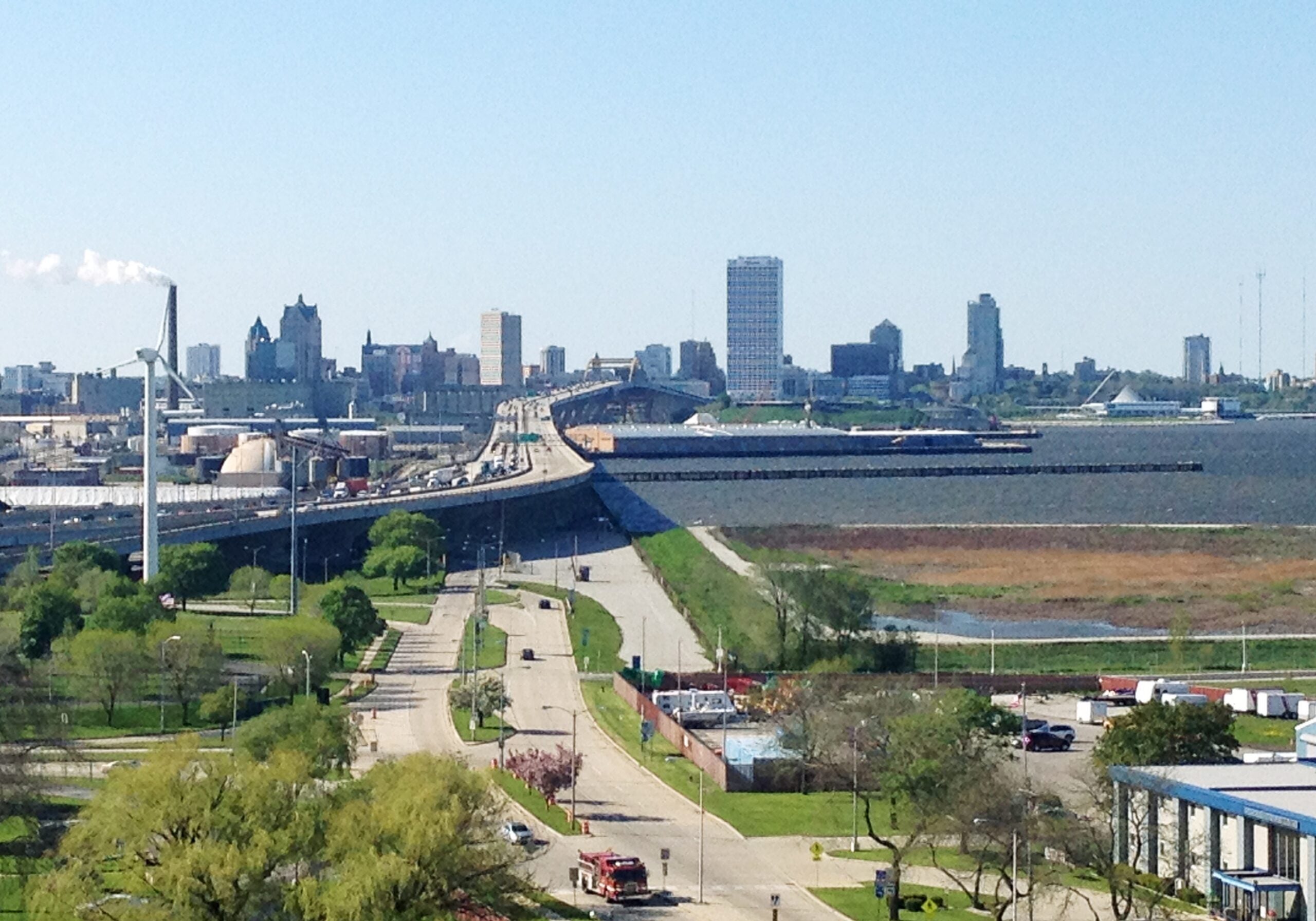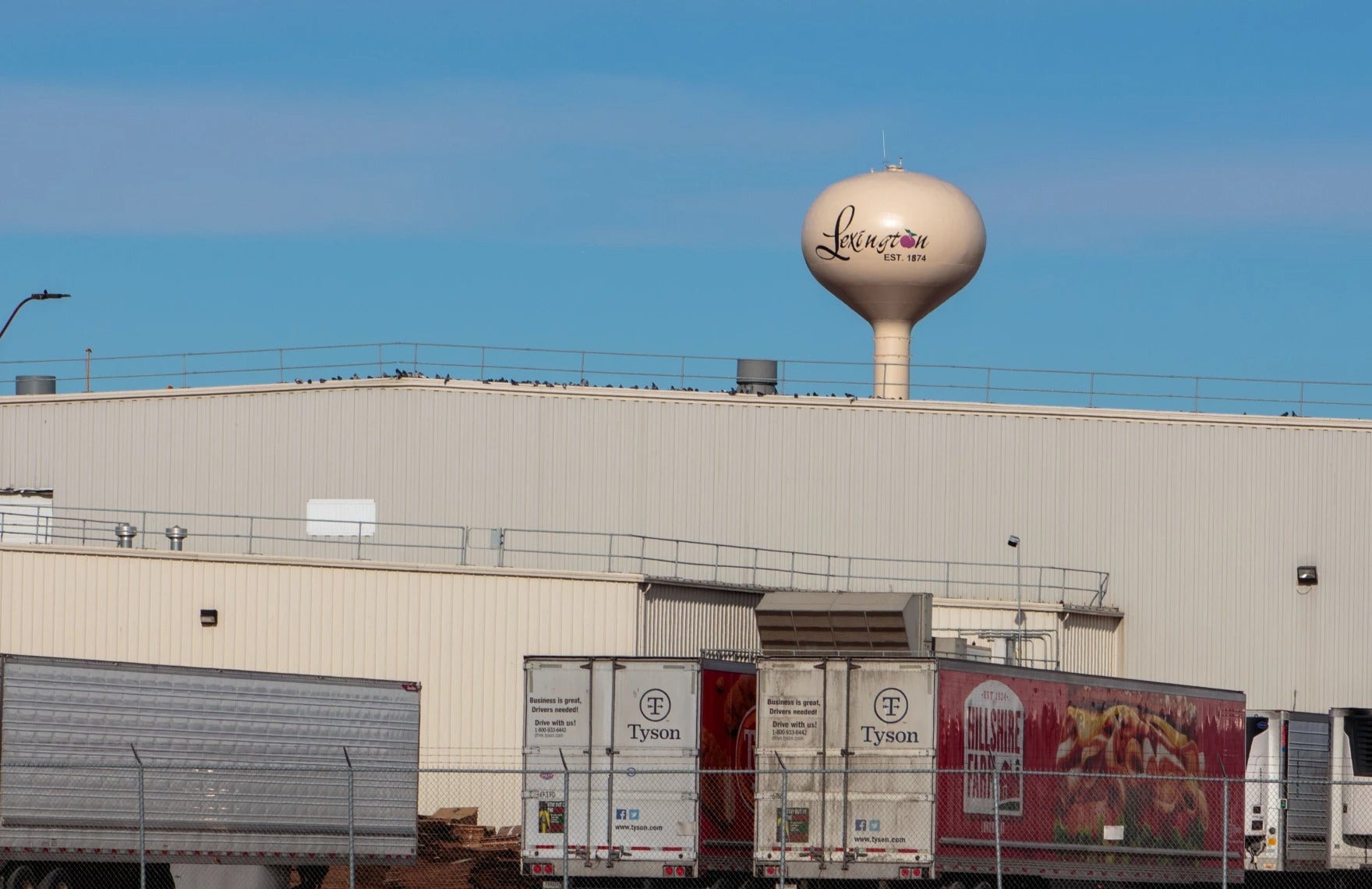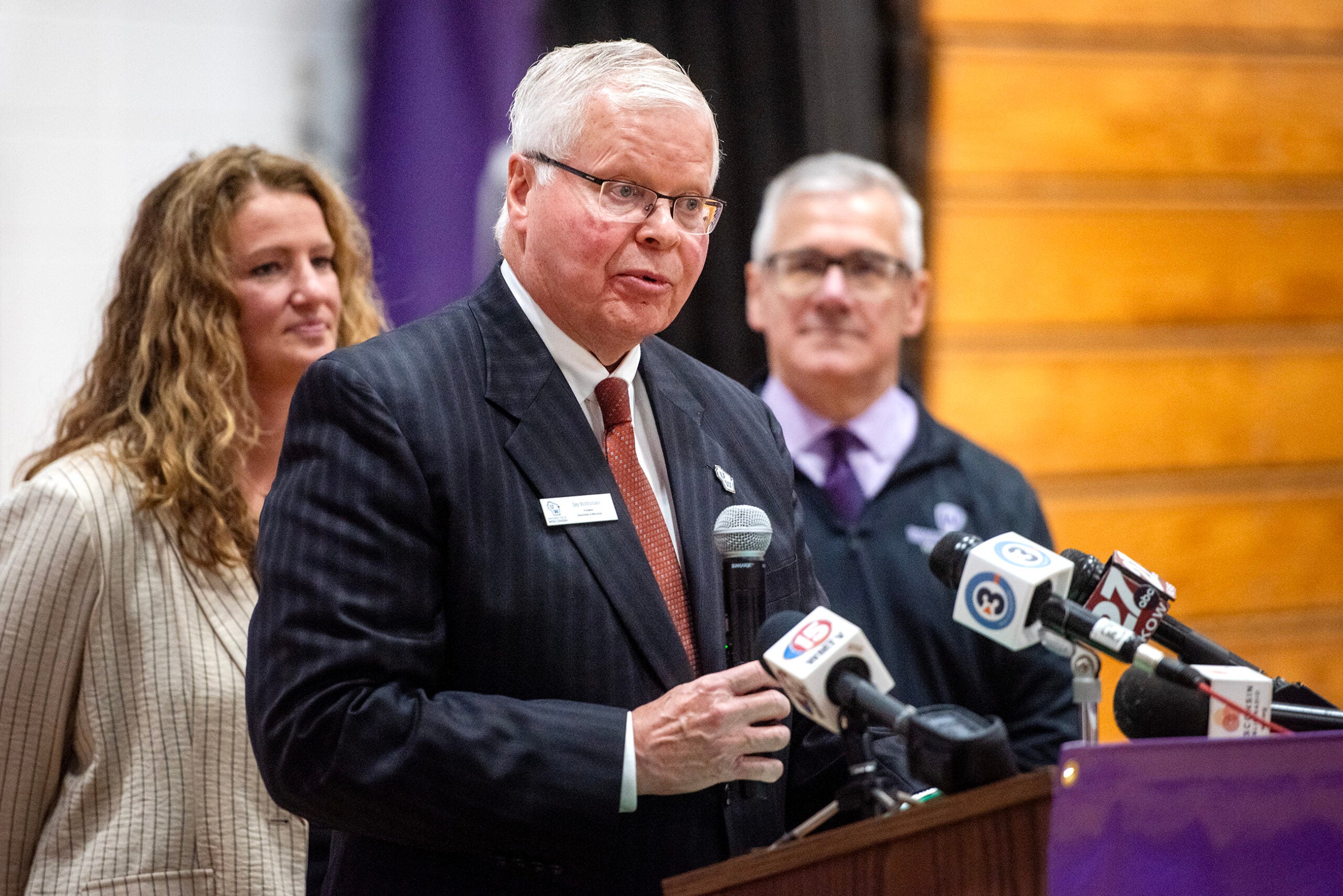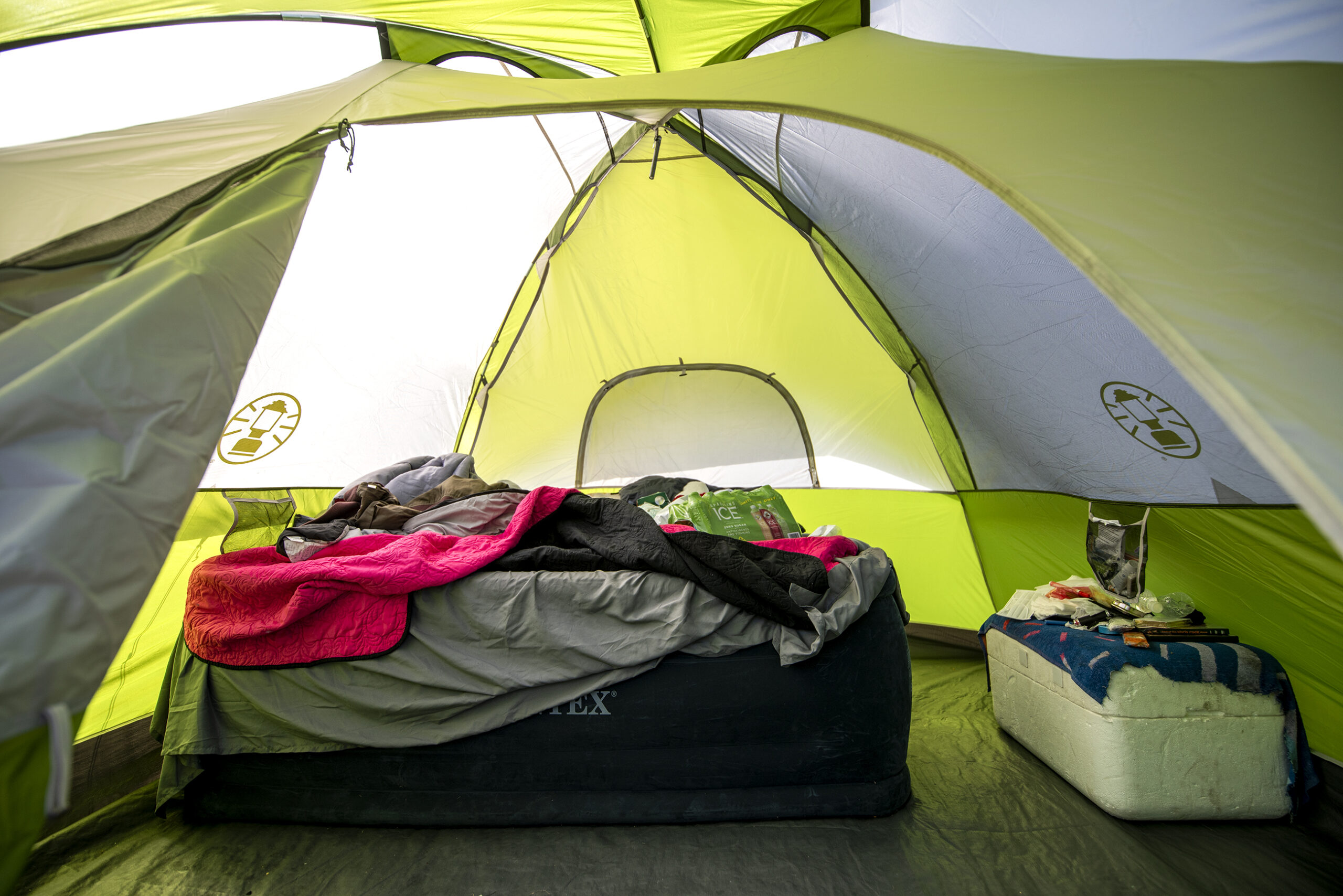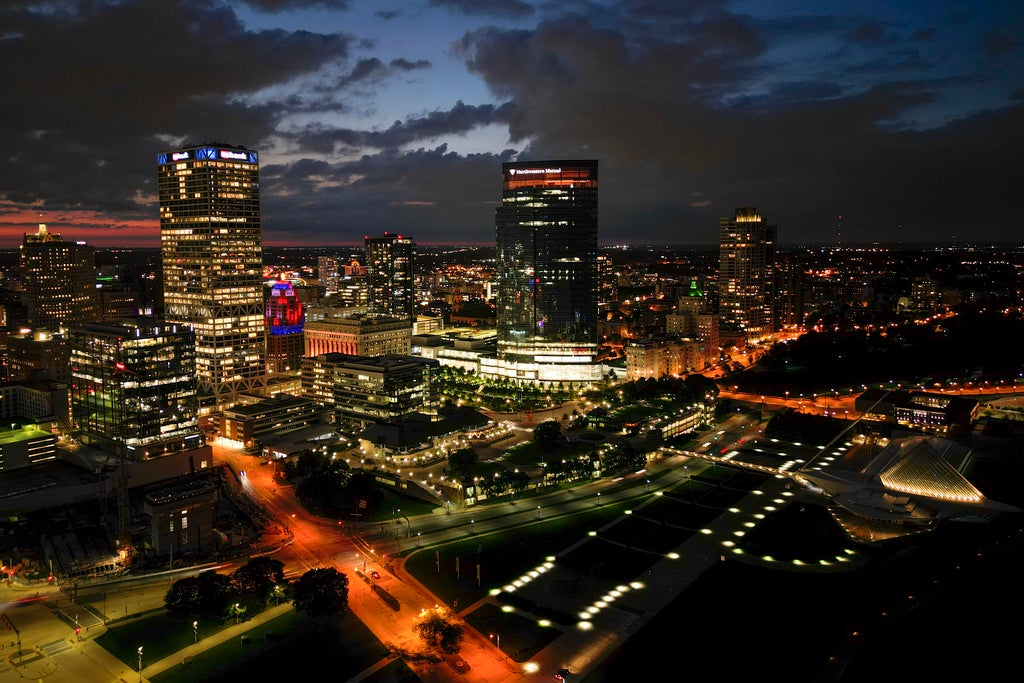Milwaukee has lost close to 3,000 residents since 2010, while similarly sized cities nationwide continue to gain population, according to the latest data released from the U.S. Census Bureau.
While other cities in Wisconsin have experienced larger population declines, Milwaukee’s loss of residents is worth noting because the city is the economic engine of the state.
In 2015, Milwaukee boasted more than 600,000 people. That number has steadily declined. The population estimate as of July 1, 2018, was 592,025.
News with a little more humanity
WPR’s “Wisconsin Today” newsletter keeps you connected to the state you love without feeling overwhelmed. No paywall. No agenda. No corporate filter.
But Milwaukee officials were quick to point out, the city hasn’t officially lost population.
Jeff Fleming, a spokesman with the Milwaukee Department of Community Development said at this point, the census numbers are based on estimates. In the past, these numbers have often been incorrect, Fleming said.
“The real number comes out next year, when we have a true census, when we count true people,” Fleming said. “Milwaukee could be stable, and it could actually be growing.”
Population counts matter and Milwaukee and other cities are making sure every resident is counted in the next census. Those numbers are used to determine federal funding formulas and representation in Congress.
The Milwaukee metropolitan area has been growing, according to census data. Since 2010, the population has increased to 1.6 million, up 1.3 percent since the 2010 census.
So while the city of Milwaukee’s population is declining, surrounding suburbs including Wauwatosa, Oak Creek, Waukesha and Shorewood are all gaining residents.
Overall, Milwaukee is the 31st largest city in the country. Similar sized cities, including Denver, Boston, Oklahoma City and Seattle have all added residents since 2010, according to Census Bureau data.
Wisconsin’s overall population was 5.8 million in 2018, up 2.7 percent since the 2010 census.
That growth is thanks, in part, to large numbers of people moving to Madison and its surrounding suburbs.
From 2010 to 2018, Madison’s population has grown just over 10 percent. Sun Prairie has seen a nearly 15 percent population increase and Verona, home to software giant Epic, has seen a 23 percent population growth.
“The contrast of the growth we’re seeing in Madison is being driven by the tech factor,” Cordio said. “I think we need to work on a strategy that markets the fact that (Milwaukee) has a massive pipeline coming out of the colleges and universities. They are not leaving to Silicon Valley, they are leaving to Chicago, Madison, Indianapolis, places where the tech sector is growing, versus here in Milwaukee.”
Cordio said one strategy would be to attract large companies to Milwaukee to take advantage of the large pool of talent living there and the low cost of living in southeastern Wisconsin.
Wisconsin Public Radio, © Copyright 2026, Board of Regents of the University of Wisconsin System and Wisconsin Educational Communications Board.

